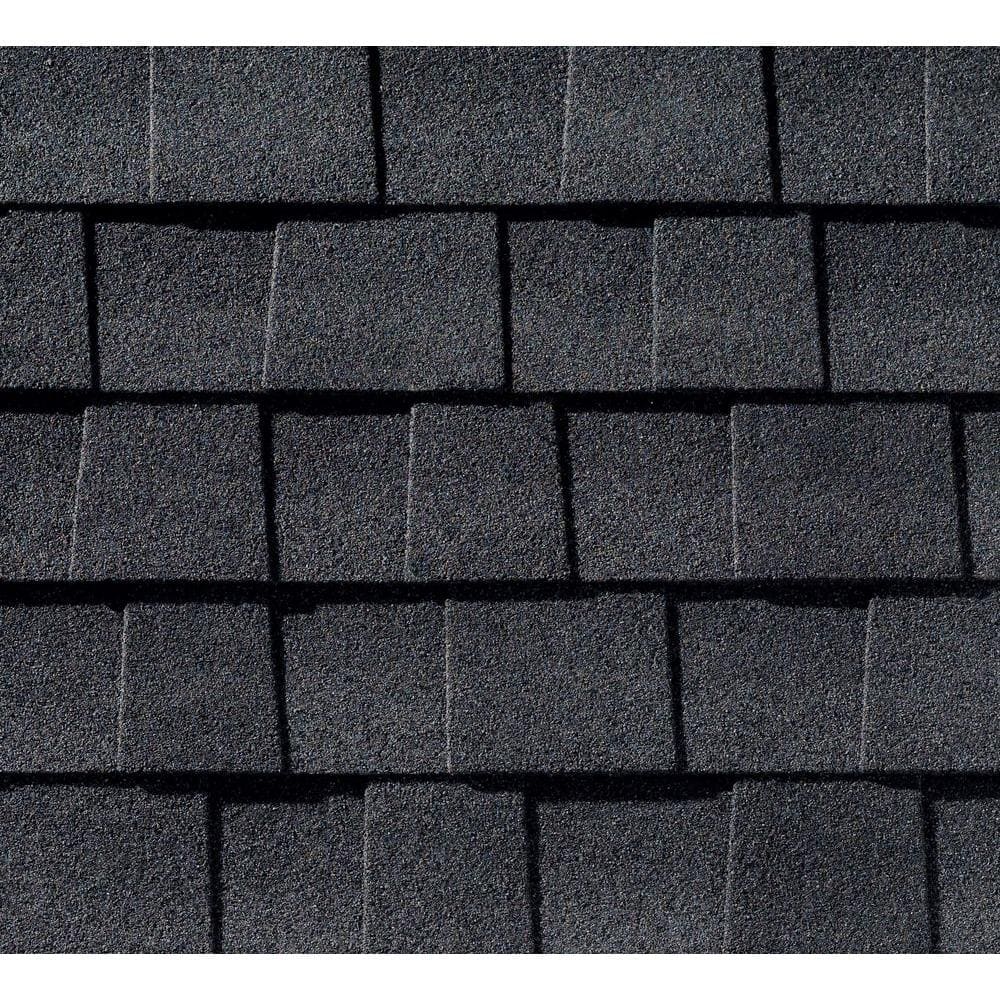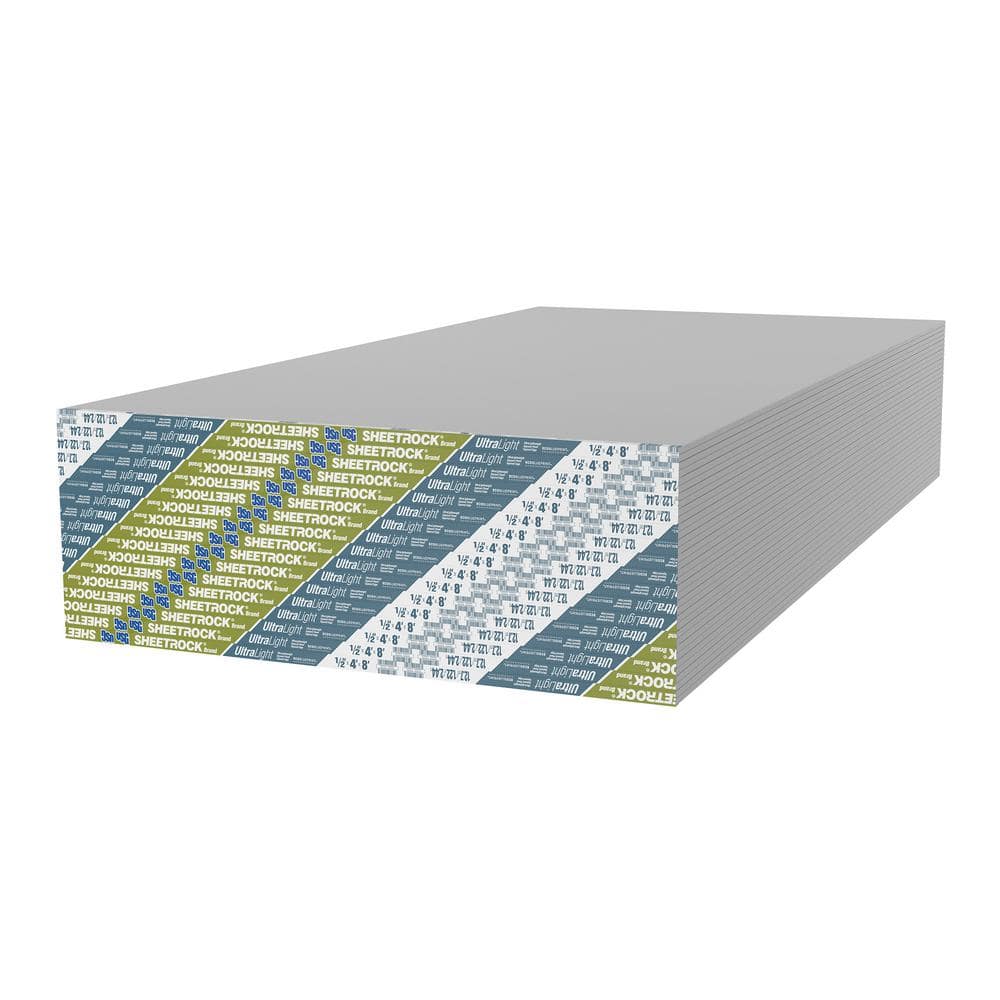GAF Timberline Natural Shadow Charcoal Algae Resistant Architectural Shingles (33.33 sq. ft. per Bundle) (21-Pieces)
Architectural asphalt shingles covered by Lifetime Ltd. Warranty. Classic Natural Shadow® effect provides look of even-toned wood. Class A fire rating & 130 mph wind warranty provide peace of mind.
Professional installers have long preferred the rugged, dependable performance that only a Timberline roof can offer. But performance is only half the story. Since your roof can represent up to 40% of your home’s curb appeal, you can improve its resale value with Timberline Natural Shadow Shingles from GAF. They’ll give you the upscale look you want.
- Architectural style that’s practically priced
- Features a classic shadow effect that lends any home a subtle, even-tone with the warm look of wood in an asphalt shingle
- Highest roofing fire rating: UL class A, listed to ANSI/UL 790
- Advanced protection shingles technology reduces the use of natural resources while providing excellent protection for your home
- Dura grip adhesive seals each shingle tightly to roof reducing the risk of shingle blow-off, shingles warranted to withstand winds up to 130 MPH (wind speed coverage requires special installation, see GAF shingle and accessory ltd. warranty for details)
- Lifetime ltd transferable warranty with smart choice protection (non-prorated material and installation labor coverage) for the first 10-years, see GAF shingle and accessory ltd. warranty for complete coverage and restrictions
Additional information
| Product Length x Thickness x Width (in.) | 39.375 x 2.4 x 13.25 |
|---|






by Roger
Very good now, check with me in 15 years
by Will
First time I’ve put down Architectural shingles. I’ve done a lot of 3 tab shingles. I read the instruction and went down with no problems.